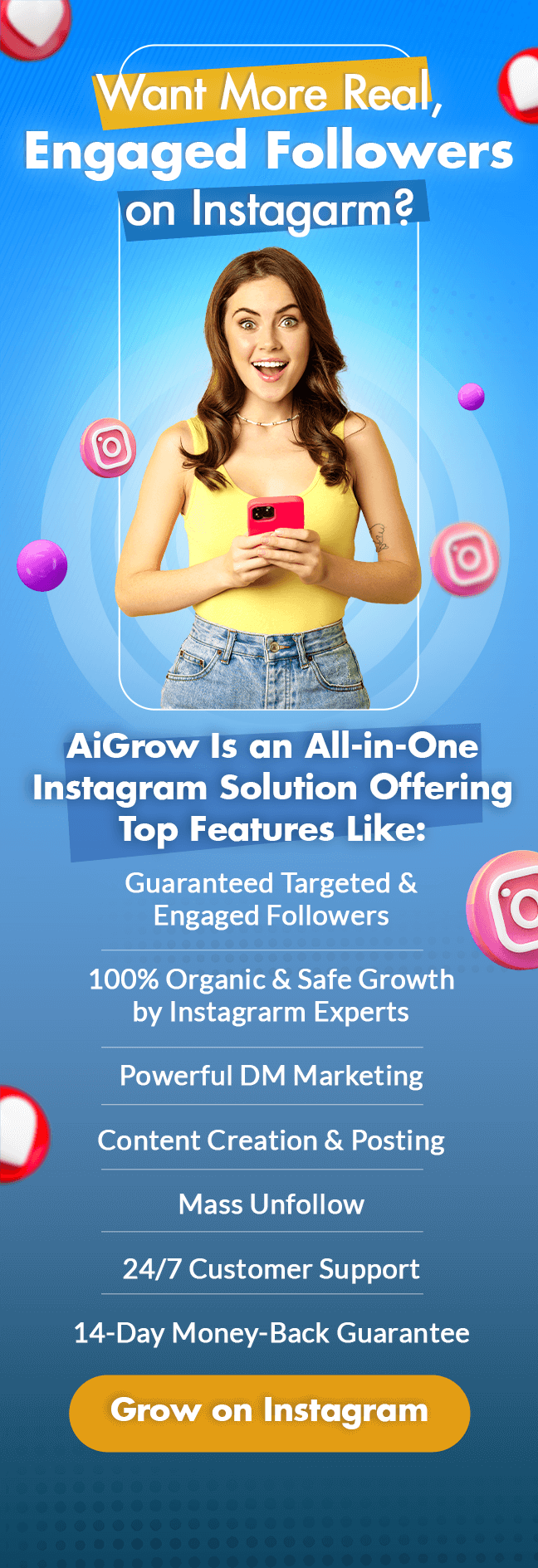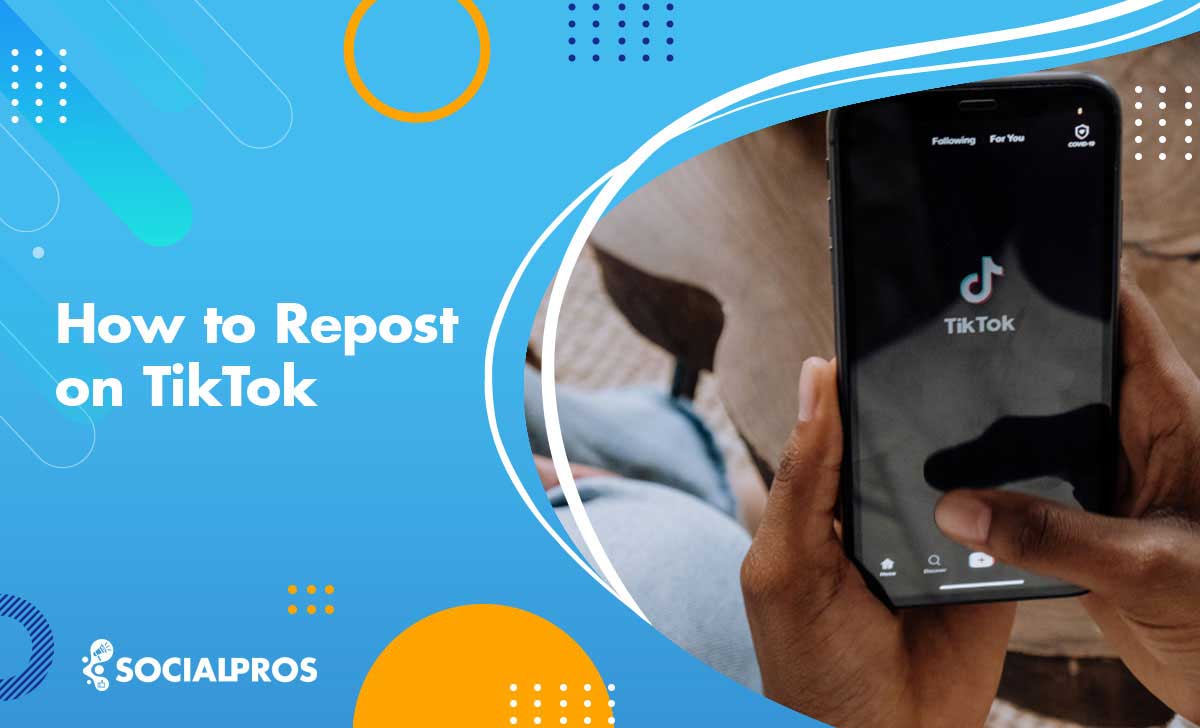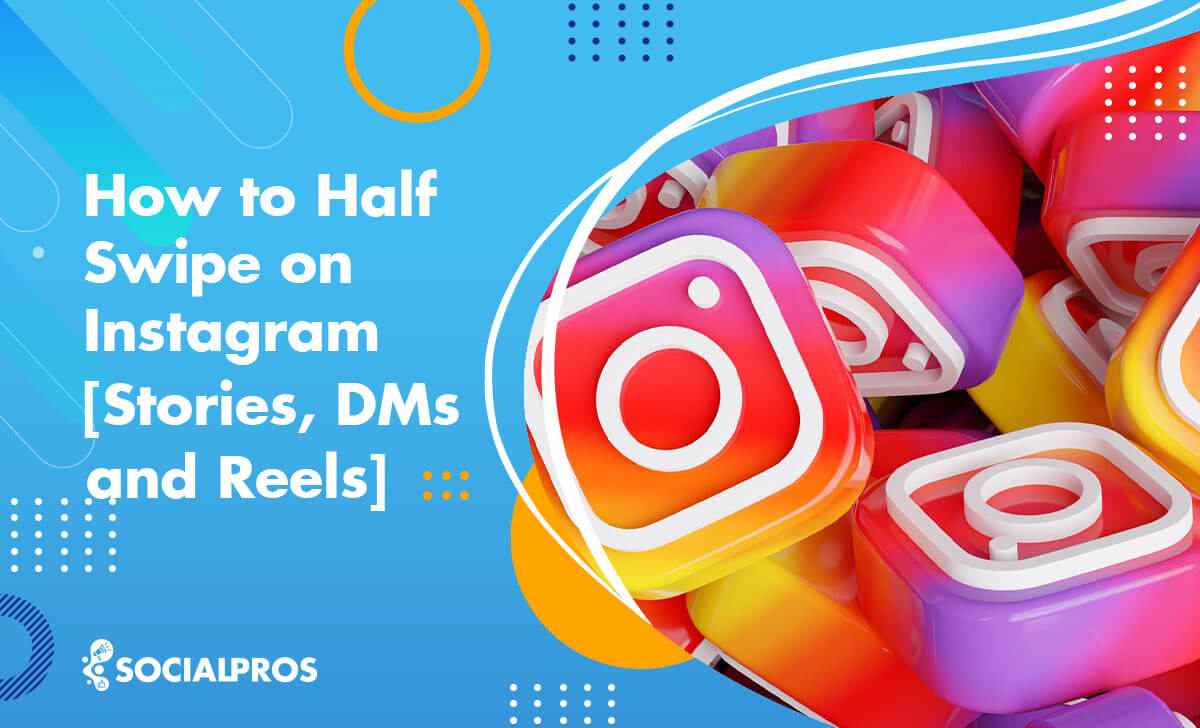Page Contents
Social media is often talked about in separate terms from traditional website-based marketing, although this is rarely helpful given that these two spheres have a huge amount of overlap.
Indeed a well-honed social campaign can lead to soaring visitor numbers on a brand’s site. So what are the best ways to achieve this uptick in traffic if you’ve got accounts on the biggest platforms out there?
Let’s take a look at some elements to consider and tactics to try out if this is your ambition.
Make Sure Your Web Host Can Cope With Lots of Traffic
It’s essential to ensure that your web host can handle the amount of traffic you’re expecting from social media. If not, there will be a noticeable decrease in performance when visitors arrive at your site, leading to poor user experience and an increase in bounce rates.
To avoid this, make sure to research the most suitable hosting provider for your website, offering packages specifically designed for coping with a high-traffic scenario. If you’re planning for the future, choose a reputable web host with reliable servers and enough scalability in its solutions to encompass website growth.
Additionally, look into caching solutions such as CDNs (Content Delivery Networks), which help reduce latency and improve page load times significantly.
Also, remember that any increase in site traffic can have a knock-on effect on other areas of your operations, which you need to plan for. As an example, you might receive a rise in telephone inquiries from customers who land on your site and want to find out more about what you have to offer. In this case, having a suitable VoIP service for small business in place so that you can field a sudden increase in inbound calls will ensure you don’t miss golden opportunities that originate from social media campaigns.
Know the Difference Between Paid and Organic Reach
When leveraging social media to drive traffic to your website, it’s important to be aware of the difference between paid and organic reach.
Paid reach is when you pay a platform like Facebook or Instagram money in exchange for increased visibility (impressions) on their network.
On the other hand, organic reach refers to unpaid posts that users see due to natural algorithms such as content relevance, user engagement, and so forth.
While both strategies can help increase website visits from social media platforms, understanding which one will suit your goals best is essential for success. So what are the ins and outs of each?
Well, organic content does not require any payment for its promotion, but it can take longer for your posts or updates to be seen by a wide audience, as they are pushed out according to algorithms based on user engagement, as mentioned.
Conversely, paid campaigns allow you more control over targeting specific audiences and getting immediate visibility of your content across platforms. The downside is that you’ll pay the price for this, which may or may not be within your budget.
Both options have their advantages depending on what kind of results you’re looking for, so evaluate which one is best suited for your business goals before starting online advertising campaigns and digital marketing strategies.
Note: Influencer marketing popularity is on the rise and is now one of the best kinds of paid advertising. Influencer marketing can drive sales to your website by increasing brand awareness, building credibility and trust among the influencer’s audience, targeting a relevant audience, including a call-to-action, and generating user-generated content.
When an influencer promotes your product or service to their engaged followers, it can help drive traffic to your website and increase sales by encouraging their followers to take action, such as making a purchase or signing up for a newsletter.
If you want to take advantage of influencer marketing campaigns to drive traffic to your website, you need to connect with qualified influencers. A quality influencer marketplace like Ainfluencer can help you find influencers in different niches.
Its super smart AI-powered search engine and custom search filters help you find, connect, and negotiate with influencers while saving tons of time and energy.
Use Targeted Hashtags to Increase Engagement
Hashtags are a great way to increase engagement with your social media posts, as they make it easier for people searching on the platform or related topics to find and interact with you.
Be strategic when choosing hashtags by researching trending ones in your industry and choosing those relevant to the content of your post. Also, use targeted niched hashtags which have fewer users but more engaged followers who will be interested in what you’re sharing. This is akin to the type of keyword research and targeting that has been a staple of organic SEO for years.
Additionally, think about creating custom-branded hashtags that are unique and easy to remember for visitors so that they can easily link back to you whenever posting about their experience with your website.
Leverage Cross-Platform Advertising Opportunities
Cross-platform advertising is a great way to drive traffic to your website from social media channels. Utilize the various ad formats available on each platform and target users with relevant content that they’re likely to interact with.
For instance, Facebook offers ‘boosted posts’ which allow you to promote existing updates or create ads based on objectives such as page likes, website visits, or app installs. Similarly, LinkedIn has Sponsored Content Ads, and Twitter allows you to set up Promoted Tweets campaigns for targeting specific audiences according to their interests or location, all of which are effective ways of increasing click-throughs to your website in an instant.
Take Advantage Of Visual Content To Stand Out From The Crowd
Visual content is the best way to capture your audience’s attention and stand out from competitors on social media. People are more likely to engage with posts that have an image, video, or gif included, so take advantage of this by creating eye-catching visuals for every post you publish.
Make sure all images used include relevant website links in their descriptions, as well as hashtags related to the industry or topic involved. This will help draw organic traffic from users searching these terms and increase CTRs significantly, which is, of course, the main aim.
In terms of generating this content, you’ve got a few options available. Handling it in-house via your marketing team makes sense if these resources are at your fingertips. Alternatively, you could outsource it to a dedicated agency or even tinker with AI image generation tools which are quickly changing the game in terms of content creation.
Monitor Campaigns And Analyze Results Regularly
It’s critical to monitor campaigns and analyze the results of any social media activity in order to track progress and improve ROI. Investing time in tracking metrics can help you identify what works best for your website, allowing you to adjust future strategies accordingly.
Use tools such as Google Analytics or Facebook Insights, which provide a consolidated dashboard of data so that you can make decisions quickly based on real-time information. These platforms allow users to save reports with customized parameters, making it easier for business owners to glean deep insights into their marketing efforts without spending hours manually sorting through data every day.
You can also take inspiration for your campaigns from other sites in your market. Looking at what others are up to not only lets you gather ideas for future social media posts, but also learn what tactics don’t work that well in terms of earning user engagement.
Implement Retargeting Strategies For Visitor Re-Engagement
Retargeting your social media website visitors can be an effective option to drive more traffic back to your page. This technique involves targeting ads at people who have visited or interacted with the page before so that they are reminded of what you’re offering and will likely return for more information.
To do this, install a tracking pixel on the webpages, which captures data from users as they browse, then use platforms such as Facebook Ads Manager and Google Adwords to create targeted campaigns specific to these audiences.
You can experiment with remarketing email lists or retargeted SMS messages as well in order to further engage potential customers down the line.
Create Compelling Call To Actions On All Posts
Every post you make on social media should include a call to action (CTA). This encourages visitors to take the next step and click through your website by providing them with instructions or suggestions.
Make sure you have clear, concise, and persuasive CTAs. Use words such as ‘click’, ‘download’ or ‘learn more’ for maximum impact.
Consider adding urgency to the message since this will help encourage people to act quickly before they move on to something else.
Finally, it’s important that all CTAs are placed strategically in order not only to capture attention but also direct users towards desired actions. Test different placements until you find what works best for driving traffic through to your site.
Include Links In Every Post You Publish
It should be obvious, but linking to your website in social media posts is the primary strategy for giving your followers a direct way to access your site and landing pages.
Most importantly, make sure that all links included in posts are relevant, accurate, and up-to-date. Broken or outdated URLs detract from the user experience.
Moreover, keep track of any short links you use for tracking purposes. This will enable you to measure the success of each post more accurately and optimize campaigns accordingly.
Regarding the links you include, you should always have an end goal, whether incentivizing visitors with discounts and promotions or directing them toward specific product pages on your site. That way, they will know what they should expect once clicking through.
Implement Video Marketing Techniques
Video content is a social media mainstay, so taking advantage of this trend is important if you want to drive more traffic back to your website.
Videos can be an effective way of connecting with audiences and conveying messages quickly while also providing the opportunity for higher engagement rates than regular text-based posts or even still images.
To get started, try creating short ‘how-to’ videos that explain what your product or service does in a few minutes. These are great for getting people interested and encouraging them to click through to your site so they can learn more.
Short-form clips on certain platforms are all well and good. Still, for some site owners, it may be viable to harness the likes of YouTube to publish longer, more in-depth creations that will help expand reach and establish credibility when promoting a brand online. Like many aspects of social media marketing, this is not necessarily an approach that will suit every organization, but it’s still worth looking into whatever your target audience or industry niche.
Run Contests Or Giveaways On Social Media Platforms
We’ve touched upon the possibility of incentivizing interactions from social media followers, and running contests or giveaways is the most immediately impactful way to go about this.
While people love being in with the chance of winning something, you need to make sure the prize offered is worth their while. This could be anything from discounts on your site to exclusive content access or even event invitations.
If you want to spread the reach of an incentive-based campaign like these, use hashtags related to the contest so people searching these terms can stumble upon your posts and ideally engage with your accounts before clicking through to your website.
Share Quality Content That Adds Value
Quality content is essential when it comes to driving traffic from social media platforms. This means that all posts should be informative and relevant, providing users with value, whether tips on how to use a service or product, industry news updates, or even just funny or entertaining stories related to the brand.
Always keep your audience in mind, and provide them with content they’re likely to engage with. This will help build relationships over time and drive more organic website visits as people begin trusting the source of information you are providing.
Implicit in this is the idea that the content you share doesn’t need to be generated in-house. Sharing content from other creators, so long as they are not directly in competition with your brand, is an important part of fostering a following and also ensuring that your social efforts are as lean and cost-effective as possible.
Final Thoughts
There’s a symbiotic relationship between social media accounts and the websites of the businesses, brands, and individuals that run them.
As part of this relationship, it’s worth being aware of how every step you take to grow your reach on social media will also feed into your site’s success and vice versa. So don’t be shy about strategizing and revitalizing your social campaigns!






